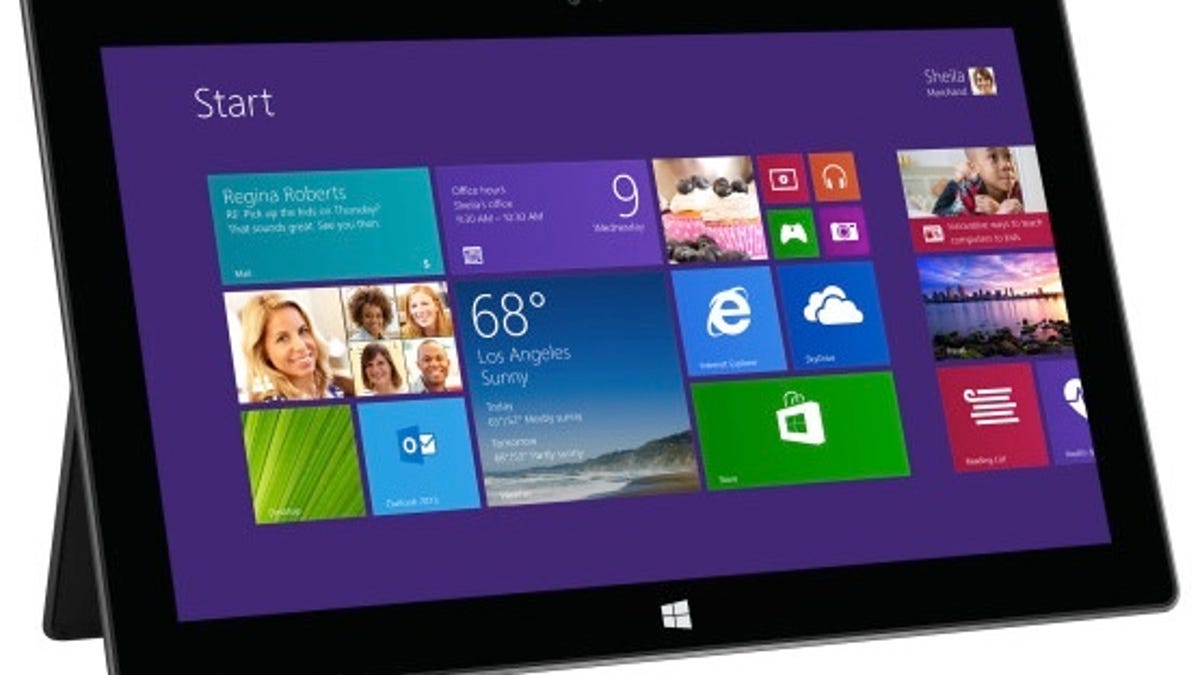Try this: Compare Microsoft's Surface to the iPad
Comparing the Surface Pro to the iPad can get pretty ugly, says CNET's Brooke Crothers. And he's not even talking about the design.

Does the Surface Pro hold up in a comparison with the iPad?
The short answer is no, if you're in the market for a tablet.
But I'll let Panos Panay, Microsoft's Surface boss, make that clear.
I want to be superclear on what we designed Pro for. Very easy to understand. This should be the fastest PC you pick up. Period. People get confused because of the form factor...It was designed as a PC.
So now that we've clarified that it's not a tablet, the longer answer is: the two-pound Pro 2 -- like the first iteration -- is a decent portable computer that runs all your favorite Windows applications. But that's not saying a whole lot.
What about the thinner, lighter Surface RT, you ask? Yes, that's a tablet. Problem is, it doesn't run all those Windows apps (with a few exceptions, like Office RT) and people aren't buying it (thus the $900 million write-down).
That's the bigger problem for Microsoft. It means in 2013, more than three years after the introduction of the iPad, Microsoft still doesn't have a viable tablet.
In a word, the Pro is heavy. Weight and size -- even a slight difference -- is a deal-breaker for a lot of people. Look at all the consumers (including me) who opted for the Mini over the iPad 4. Somehow, I don't think Microsoft really gets the importance of size.
Let me insert here that I had the Pro for about two months, then sold it. As I said before, it was a decent laptop, but not a great laptop.
Oh, and the price. Without the keyboard the Pro starts at $900. The iPad, starts at $500 (which jumps to $700 for the 64GB version). The Mini starts at $330.
And with new iPads on the horizon packing Apple's 64-bit A7 chip, the comparison is going to get even worse for Microsoft. The iPad 5 will be thinner and lighter, and the Mini will eventually get a Retina display.
But let's end on a positive note. Here's an idea for Microsoft (Are they listening? No.): Make a Surface Pro that is as thin and light as Surface RT. Put Intel's quad-core "Bay Trail" chip inside, and sell it at a price that makes consumers (like me) think twice about buying an iPad.

